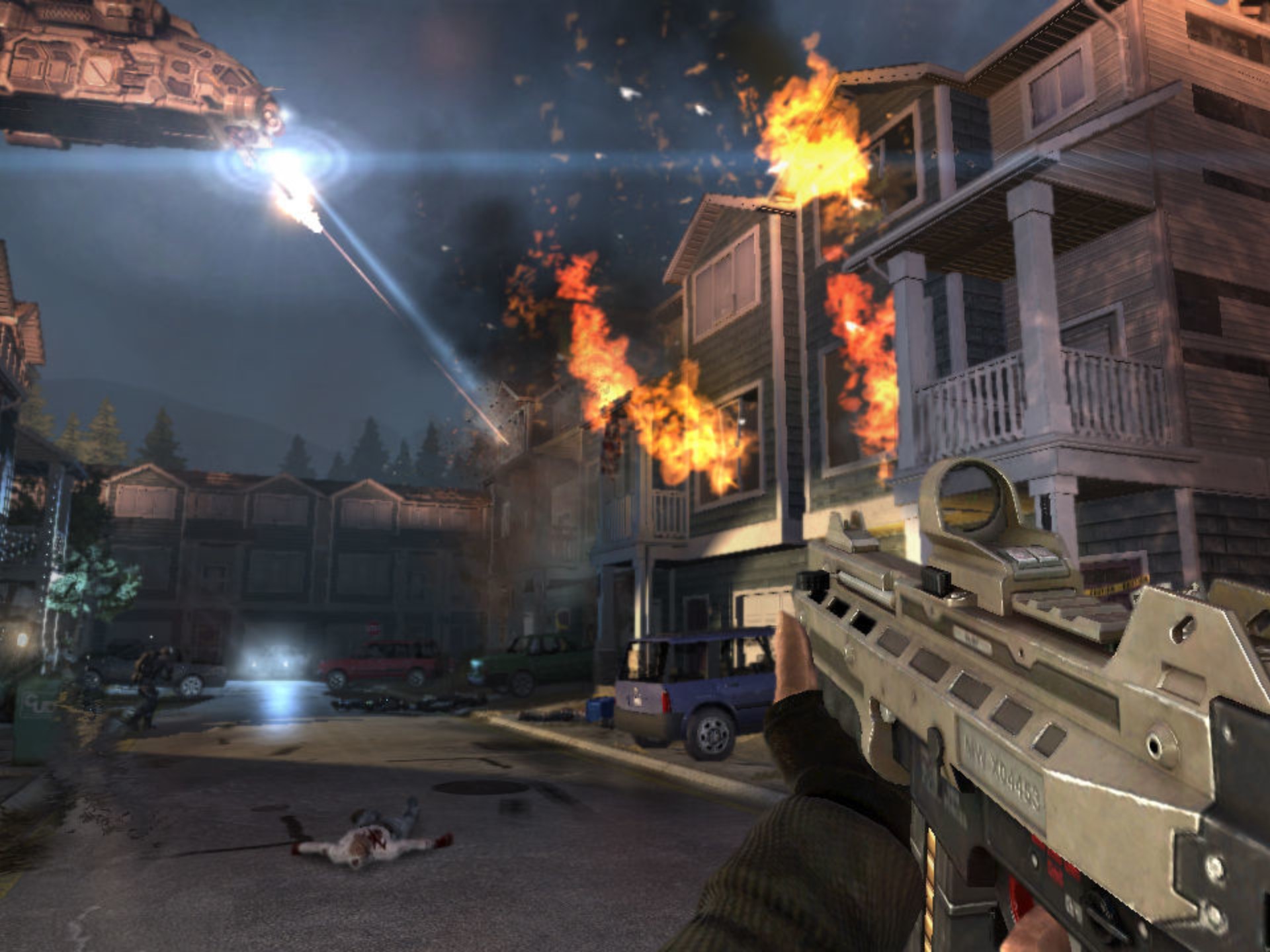Title: Governor Simulator VR: State Missions Update Transforms Political Strategy Gaming
The landscape of political simulation games has been forever altered with the latest State Missions Update for Governor Simulator VR. This groundbreaking expansion isn't just a handful of new tasks; it’s a profound deepening of the virtual governance experience, pushing the boundaries of immersion, strategy, and consequence. By moving beyond the macro-level decisions of the base game, this update plunges players into the granular, often gritty, reality of state-level leadership, making you feel less like an omnipotent ruler and more like a true public servant navigating a complex web of challenges.
Beyond the Office: A State in Virtual Reality
The core genius of the State Missions Update lies in its structure. Instead of managing the state from a single, sterile capitol building, the update introduces a dynamic mission system that transports you directly into the heart of your constituency. Using VR’s unparalleled capacity for presence, you are no longer just reading reports; you are living them.
Key features of this new system include:
-
Location-Based Problem Solving: Your briefing tablet will light up with crises and opportunities that require your physical presence. You'll find yourself standing on the crumbling asphalt of a neglected rural highway, listening to the concerns of a local mayor and a frustrated trucker in fully voiced interactions. You'll tour a state-of-the-art (or failing) public school, observing classroom conditions firsthand before deciding on funding allocations. This visceral connection to the issues creates a powerful emotional stake in the outcomes of your policies.
-
Stakeholder Negotiations: Governing is the art of compromise, and the update makes this tangible. Missions often involve bringing conflicting parties to the table. You might mediate a tense roundtable discussion between environmental activists and the CEO of a major manufacturing plant accused of pollution. Using the VR controllers, you can choose to physically hand a proposed policy draft to a skeptical union leader, a small gesture that the game’s nuanced AI can interpret as respect, influencing their willingness to deal.
-
Crisis Management VR: When a natural disaster like a virtual hurricane strikes, the mission system shifts into high gear. You will be whisked away to an emergency operations center, studying real-time data on large holographic maps. Later, you might visit a makeshift shelter, using your voice to comfort displaced citizens whose hopes are now directly pinned on your leadership. These high-pressure scenarios test your decisiveness and empathy under fire.
The Ripple Effect: Interconnected Consequences
The State Missions are brilliantly woven into the existing fabric of the game’s economy and approval systems. A mission is never an isolated event. Successfully brokering a deal to keep a factory from shutting down might immediately boost employment rates in a specific county, increasing your popularity there. However, that same deal might involve relaxing environmental regulations, leading to a gradual increase in pollution that triggers a new, more severe mission from eco-groups several in-game months later.
This creates an exhilarating and authentic cycle of cause and effect. Every handshake, every promise, and every decision made in these immersive scenarios has a tangible, long-term impact on your state’s budget, public health, education scores, and overall citizen happiness. The game masterfully demonstrates that short-term political wins can often lead to long-term governance nightmares.

A Testing Ground for Leadership
What sets the State Missions Update apart is its value as a sophisticated leadership simulator. It forces players to develop skills crucial to real-world leadership:
- Empathetic Decision-Making: Seeing the human impact of budget cuts or policy changes firsthand makes abstract numbers feel deeply personal. Do you close the inefficient school in a small town, knowing it will devastate the community you just visited?
- Strategic Prioritization: With limited time and resources, you cannot tackle every mission at once. You must constantly triage, deciding whether to address a brewing labor strike or a burgeoning public health crisis first, understanding that ignoring either will have significant repercussions.
- Communication and Persuasion: The VR interface allows for nuanced communication. Your tone of voice, the data you choose to present from your virtual tablet, and even your body language during negotiations can sway outcomes.
The Future of Political Simulation
The State Missions Update for Governor Simulator VR is more than a content drop; it’s a paradigm shift. It proves that virtual reality is the perfect medium for simulating the complex, human-centric nature of governance. By prioritizing presence, emotional connection, and interconnected consequences, the developers have created an experience that is not only deeply entertaining but also remarkably insightful.
It challenges the player to think beyond spreadsheets and approval ratings and to consider the weight of every decision. This update doesn’t just let you play as a governor; it makes you understand, on a visceral level, what it means to lead. It sets a new gold standard for the genre and excitingly points toward a future where VR simulations are used for both entertainment and genuine civic education.
















